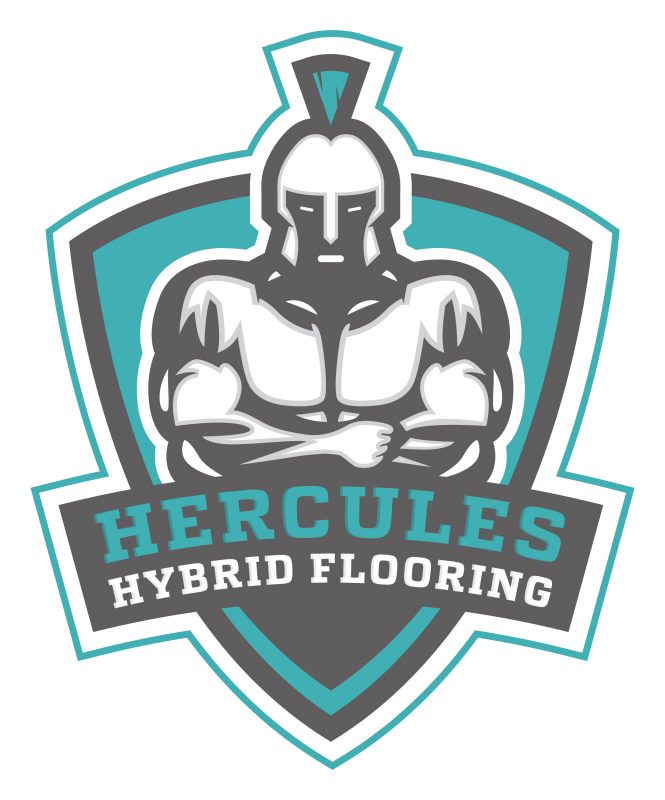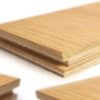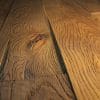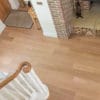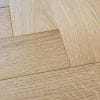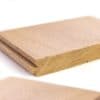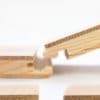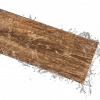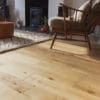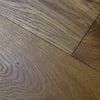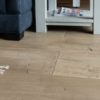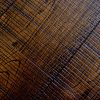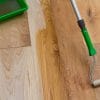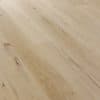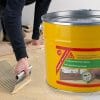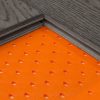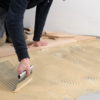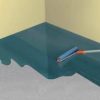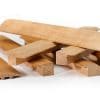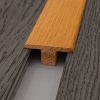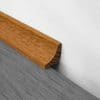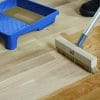Among many of the decisions you will need to make when purchasing a new wood floor, the type of joint that holds the planks together is one of the more hotly contested debates. Many argue that Click Fit is more DIY friendly and Tongue and Groove, or T&G, should be reserved for professional installations only. But is that really the case?
What is a T&G joint?
The T&G joint is not a new joining method by any means. It’s common place in many areas of construction due to it’s simple, easy to manufacture design. Once set, it also provides a strong stable joint resistant to movement particularly with the bulb shaped designs some manufacturers opt for.
Installation is as simple as applying a bead of PVAC along the length of the Groove, then pushing the two blanks firmly together.
Click Fit
Click Fit flooring, named for the distinctive sound it makes when planks are locked together, is a much more modern innovation. There are a plethora of different designs on the market all marginally different from one and other, but in essence they are based on the same principal.
A hook shaped male plank slots into another female plank at a certain angle. Once laid to rest flat, the hook prevents the planks from separating without the need for any adhesive. The resulting joint is very strong and near impossible to get wrong.
So which is better?
At Oakwoods we always say it’s down to the personal preference of the fitter as arguments can be made for both joints. There is a definite attraction to the simplicity and ease of Click Fit and eliminating the extra step of gluing can save a decent chunk of time over a large area. However, in fully bonded installations, you don’t need to run a bead of glue in the groove, arguably making this a moot point.
One main advantage to T&G that we often hear from customer feedback is when fitting in complicated areas such as doorways. It’s sometimes very tricky to get Click Fit flooring to the correct angle to be slotted in. T&G on the other hand can be laid flat and slid home under any obstruction. If further adjustment is needed it can also be lifted back out just as easily.
The downside with T&G is that if you are not careful and monitor the joints frequently, they may become dislodged as you move across a space. It requires a keen eye to make sure the joints are fully closed and perfectly square across the whole floor. It’s important to always go back and check after every few rows. Where possible with fully bonded installations, we recommend laying the first few rows, aligning them perfectly, then allowing the adhesive to set. This gives a stable base to work from.
Providing you take these points into account, we firmly believe that you should not be put off your dream floor just because it doesn’t have the kind of joint you were originally looking for. Most fitters can be persuaded either way and if you are a competent DIYer, T&G is every bit as easy to fit as Click Fit; just remember to keep an eye on the joints!








